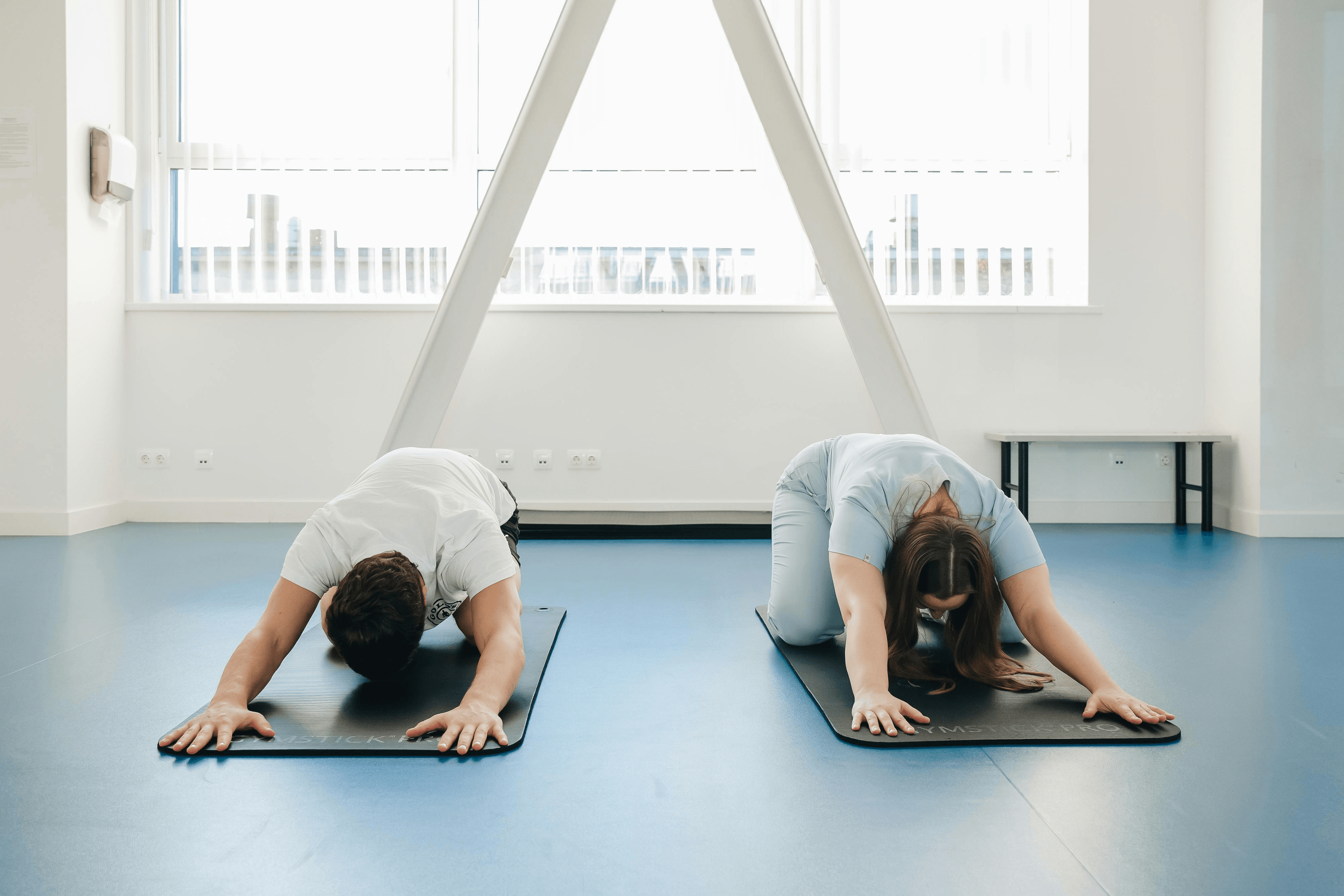Find your flow: how different forms of movement promote well-being

In today’s fast-paced world, many of us spend hours tied to our computers, juggling demanding schedules. A recent WHO study revealed a concerning trend: 31% of adults and a staggering 80% of adolescents do not meet the recommended daily activity levels. While the physical benefits of staying active—such as improved cardiovascular health and a lower risk of certain diseases and medical conditions—are well-known, the mental and emotional advantages are sometimes overlooked.
Movement isn’t just about staying fit; it plays both a preventative and therapeutic role in supporting our mental well-being. So, how can we make sure we’re getting enough movement into our lives, even while managing the demands of modern living?
Why is movement so important for mental well-being?
Movement is more than just exercise for our bodies—it’s a form of self-care. When we move our bodies, especially during exercise, our brains release endorphins and serotonin—known as the "feel-good" chemicals, creating a range of positive effects. Studies show that taking regular exercise will make you 30% less likely to suffer from depression. Similarly, there’s extensive evidence that physical activity can reduce symptoms of anxiety. So too can it help lower stress, improve mood, and boost our energy levels.
At the same time, movement increases the flow of blood to the brain. This in turn improves focus, memory, and overall cognitive function. Regular movement also helps regulate sleep, which is essential for our mental health. On a deeper level, physical activity reduces inflammation in the body and helps balance hormones, both of which are linked to better emotional stability. In short, exercise works as a natural and powerful way to support a healthier and happier mind.
Not all movement is equal: finding what works for you
When it comes to finding forms of movement that motivate you, the good news is that there’s something for everyone. Variety is key, so try to build in a range of different movements into your week.
Mindful and restorative—slow movements with big benefits
Choosing movement that focuses on relaxation and mindfulness is great for calming the mind and can help you to ground yourself.
Yoga and tai chi
Stretching, which has been shown to activate the parasympathetic nervous system, which is essential in helping your body to shift into, or remain in, a calm state.
Walking meditation. The benefits of meditation are well-known. But you don’t need to be sitting down in order to meditate—you can also meditate while moving your body.
Gardening
Playful and creative—movement that brings joy
These kinds of activities focus on having fun. We’re all motivated by fun—and the lighthearted nature of these kinds of activities offer a mental escape from day-to-day responsibilities.
Dance
Team sports/activities. As well as being a way to improve your social connection and build a network, synchronizing your movements with others has been shown to have a positive impact on self-esteem.
Trampolining
Endurance and cardiovascular—energizing your mind
Activities that are more high intensity increase your heart rate, releasing those all-important happiness chemicals.
Running
Cycling
Swimming. Research has shown that swimming and other aquatic exercises can cause an important improvement in mental health symptoms.
Strength and resilience—harnessing your inner power
Weight training
Martial arts (karate, judo), kickboxing
Pilates. Pilates is a low-impact workout that focuses on posture, balance, and flexibility. It has been shown to have positive effects on depression and anxiety, as well as improving energy levels.
Finding time to move
Life can feel overwhelming, and when our “to do” list seems unending, it’s easy to feel like we don’t have the time—or the motivation— to take a break. The truth is, making time for even a short break that includes some kind of movement will most likely be more beneficial than not doing so.
It can be simple to incorporate some movement into our busy schedules, and every little counts. Consider these tips as a way to subtly weave regular movement into your daily routine:
Taking the stairs instead of the elevator is a good way to engage your muscles and increase your heart rate.
Set a timer for short breaks while you’re working or studying and incorporate some kind of movement, like push ups, squats, or walking on the spot.
You can even do some stretches while at your desk, to give your wrist, neck, or shoulders a break.
If you drive, consider parking further away and walking some of the way.
If you need to make a long phone call, why not go for a walk while you’re talking?
Various fitness apps enable you to keep track of your movement, and their goal-oriented focus can be motivating for some.
A small change can make a big difference
You don’t need to completely overhaul your routine to notice the benefits of movement—even small changes can have an impact, and these add up over time. The key is to make a start and build from there. By weaving movement into your day, you’ll not only feel better physically but also give your mind the care and balance it needs and deserves.
